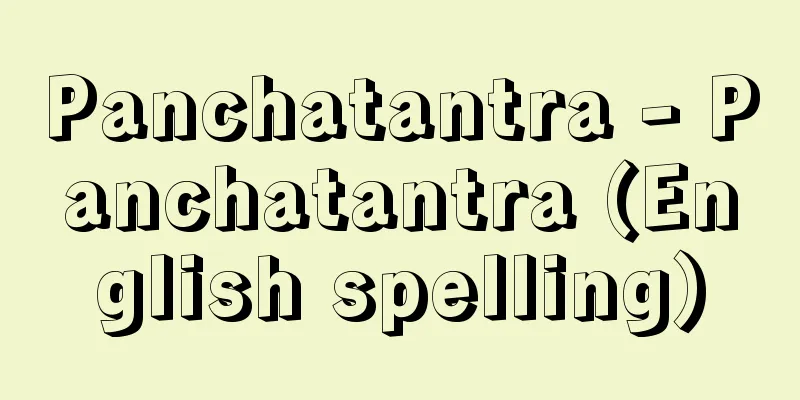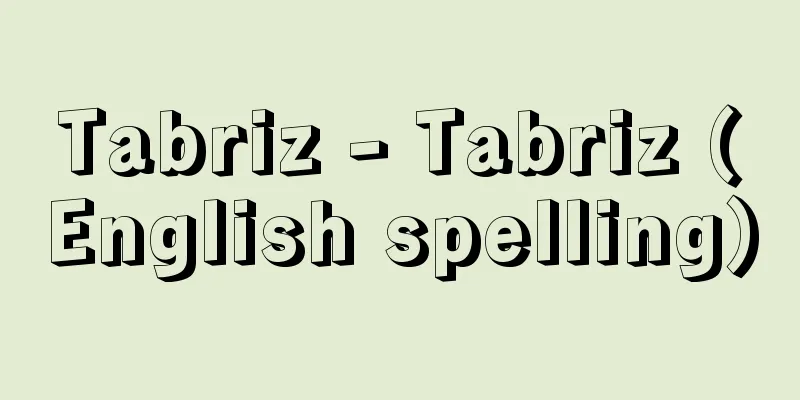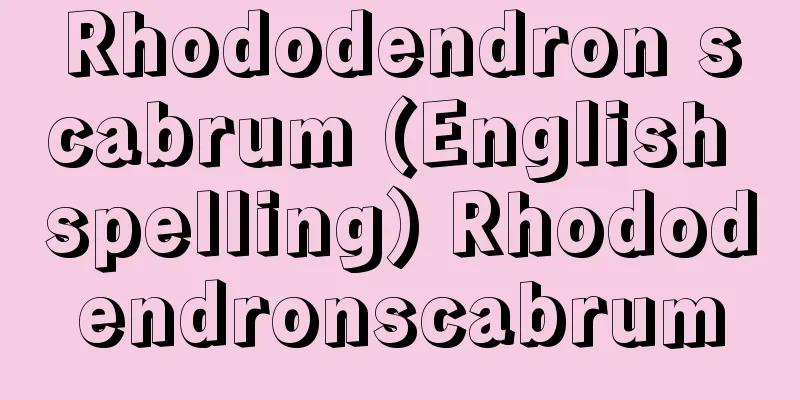Panchatantra - Panchatantra (English spelling)

|
A collection of Sanskrit tales from ancient India. The original has been lost, and the author and date are unknown, but it is said to have been translated into Medieval Persian Pahlavi around the 6th century. This was also lost, and a further translation into Syriac (around 570) was called "Kalila and Dimna," after the names of two jackals that appear in the original, Karataka and Damanaka, and all translations into Western languages such as Persian, Arabic, and Greek are called by this title. This book is based on the orders of King Amarashakti, and is structured around the teaching of the wise Brahmin Vishnusharman to his three princes, using fables to teach them the essentials of life, governance, diplomacy, and ethics in order to educate them as kings. It is made up of five chapters: "Separation of Friends," "Gaining Friends," "The Fight Between Crow and Owl," "Loss of What Has Been Gained," and "Thoughtless Actions." Each chapter contains numerous anecdotes and aphoristic verses interspersed in prose. Several Sanskrit versions have been handed down, and the Tantrakyāyika, which was handed down to Kashmir, is said to be the oldest of the various versions. One that was handed down to the Bengal region was called the Hitopadesha and became very popular. The Panchatantra has been translated into over fifty languages, both Eastern and Western, and many of its stories have provided material for Grimm's fairy tales and La Fontaine's fables. It was also passed down in Tibet and Mongolia, and some stories, such as "The Live Liver of the Monkey" (The Boneless Jellyfish) and "The Two Swans and the Turtle" (The Wild Geese and the Turtle), have been passed down in Japan, but since the same stories can also be found in Buddhist tales, they were probably introduced through Chinese translations of Buddhist scriptures. The content and form of the Panchatantra had a major impact on narrative literature in both Eastern and Western countries, and it occupies an important place in the history of world literature. [Tanaka Otoya] "Asian Folktales 12 Panchatantra" (translated by Tanaka Otsuya and Uemura Katsuhiko) (1980, Dai Nippon Kaiga) [Reference] |Source: Shogakukan Encyclopedia Nipponica About Encyclopedia Nipponica Information | Legend |
|
古代インドのサンスクリット説話集。原本は散逸、作者も年代も不明であるが、6世紀ごろには中世ペルシア語のパフラビー語に翻訳されたという。これも伝わらず、さらにシリア語に訳された(570ころ)ものは、原本に登場する二匹の豺(さい)、カラタカとダマナカの名をとり『カリーラとディムナ』とよばれ、ペルシア語、アラビア語、ギリシア語など西方諸国語の訳本はみなこの題名でよばれる。本書はアマラシャクティ王の命により、賢いバラモンのビシュヌシャルマンが3人の王子に王者としての教育を施すため、寓話(ぐうわ)に託して処世、統治、外交、倫理の要訣(ようけつ)を教えるというのが枠になっており、「朋友(ほうゆう)の分離」「朋友の獲得」「鴉(からす)と梟(ふくろう)の争闘」「獲得したものの喪失」「思慮なき行為」の五編からなり、各編はさらに多数の挿話を含み、散文に格言的詩句を交えている。サンスクリットだけでも数種の異本が伝わり、そのうちカシミールに伝わった『タントラーキヤーイカ』は、諸伝本のうちもっとも古い形を伝えるものといわれる。ベンガル地方に伝わった1本は『ヒトーパデーシャ』とよばれて大いに普及した。『パンチャタントラ』は東西五十数か国語に訳され、なかにはグリムの童話やラ・フォンテーヌの寓話に素材を提供している話も多い。またチベットや蒙古(もうこ)にも伝えられ、「猿の生き肝」(くらげ骨なし)や「二羽の白鳥と亀(かめ)」(雁(がん)と亀)のように、日本に伝わっている話もあるが、同じ話は仏教説話のなかにもみいだされるから、おそらく漢訳の仏典を通じて伝わったものと思われる。その内容、形式は東西諸国の説話文学に多大の影響を与え、世界文学史上重要な地位を占める。 [田中於莵弥] 『田中於莵弥・上村勝彦訳『アジアの民話12 パンチャタントラ』(1980・大日本絵画)』 [参照項目] |出典 小学館 日本大百科全書(ニッポニカ)日本大百科全書(ニッポニカ)について 情報 | 凡例 |
<<: Panchayat (English spelling)
>>: Panchastikāyasāra (English spelling)
Recommend
general theory of relativity
...Nevertheless, it is almost impossible to consi...
MHC
major histocompatibility complex, major histocompa...
Deficit bonds - akajikousai
A general term for deficit government bonds and d...
Acanthisittidae
…any of the birds in the family Acanthisittidae (...
Carissa (English spelling) Karaunda
It is an evergreen shrub of the Apocynaceae family...
Psittacula krameri manillensis (English spelling) Psittacula krameri manillensis
…Parakeet [Takashi Saito]. . . *Some of the termi...
Exhibition - Hakurankai
An exposition is an event that displays products,...
Evelyn, John
Born October 31, 1620, Wotton, Surrey [Died] Febru...
Great Pyramids of Giza - Giza no Daipyramid
The construction of three pyramids - the Bent Pyr...
Sarmatism (English spelling)
A cultural trend that was influential in Poland fr...
Inomata
...Remains of the jori system remain in Kita-Jujo...
Uso-kae - Liar
This is an event held on January 7th at Dazaifu T...
Operating revenue
Revenues generated from a company's main busin...
Kinsei Mono no Hon Edo Sakushaburui
An encyclopedia of Edo literature authors written ...
Sugamo - Sugamo
A perennial herb of the Zostera family (APG class...









